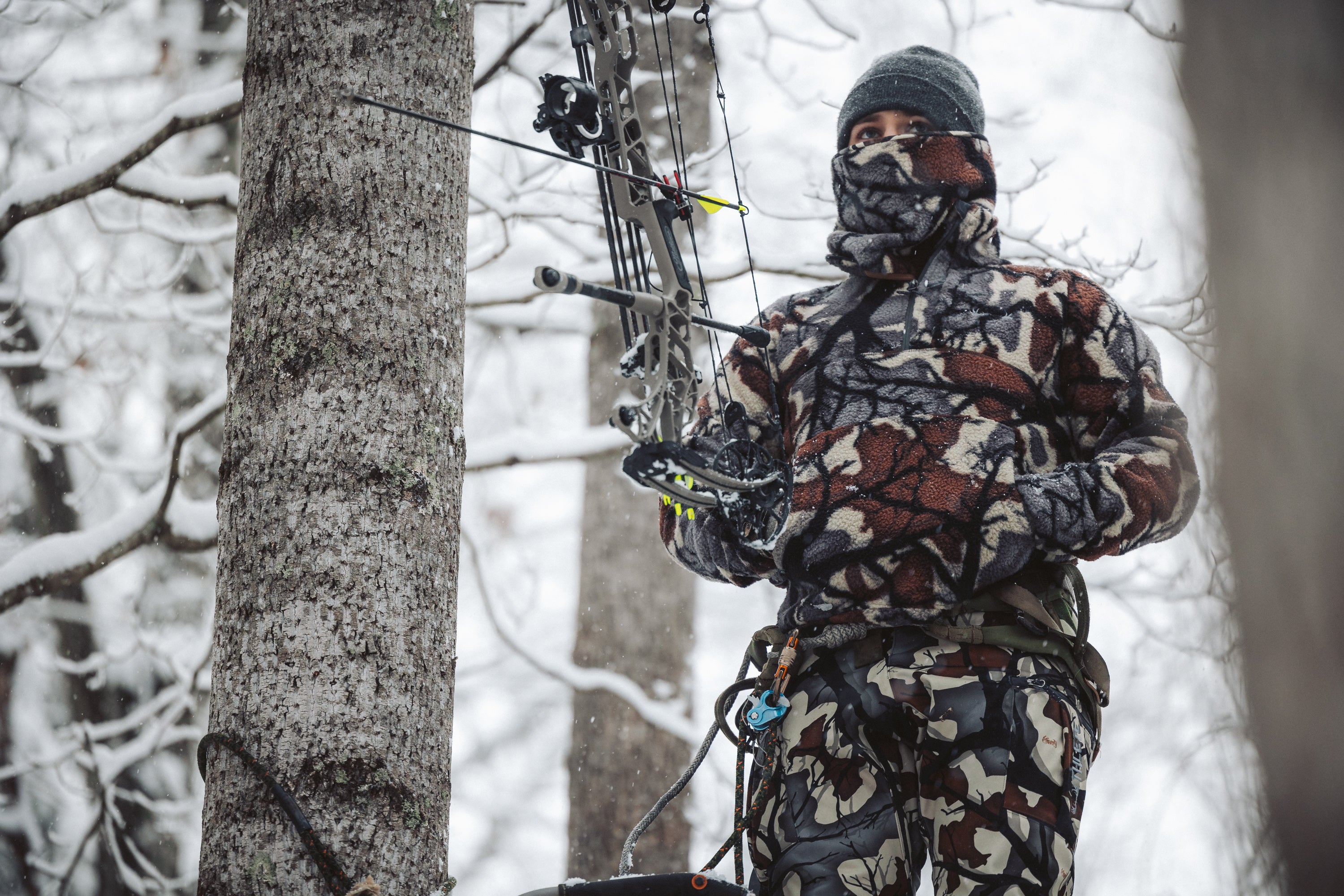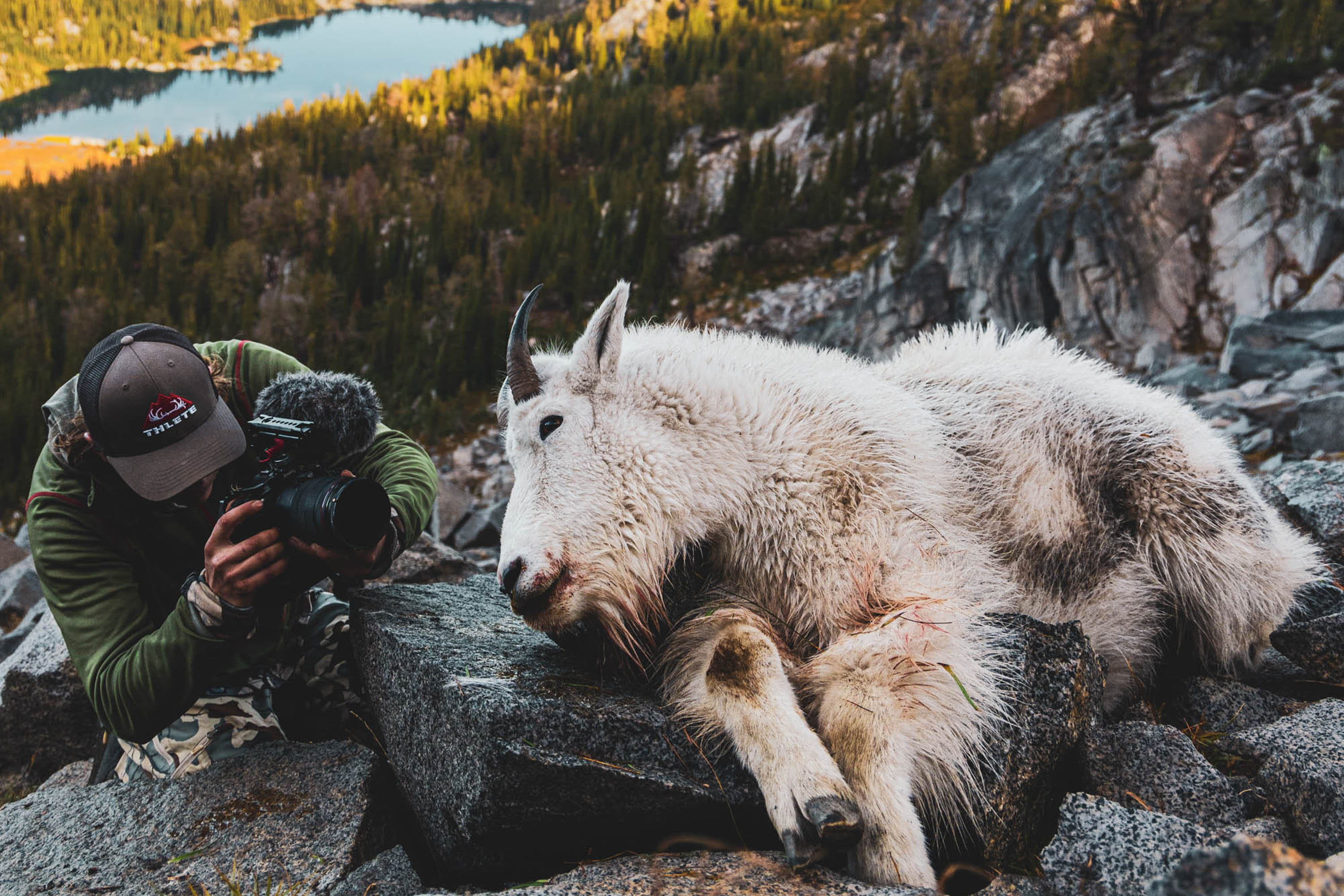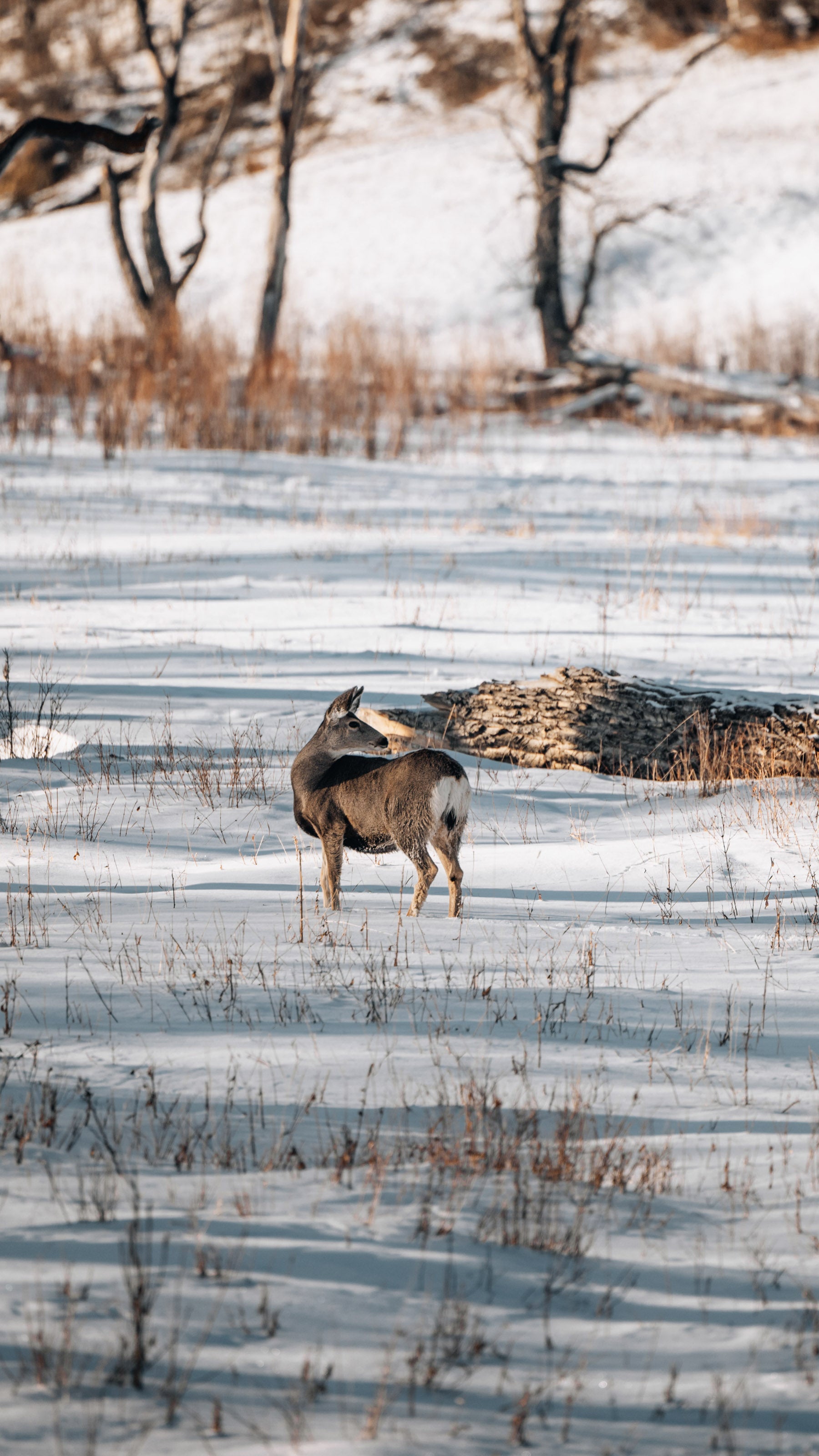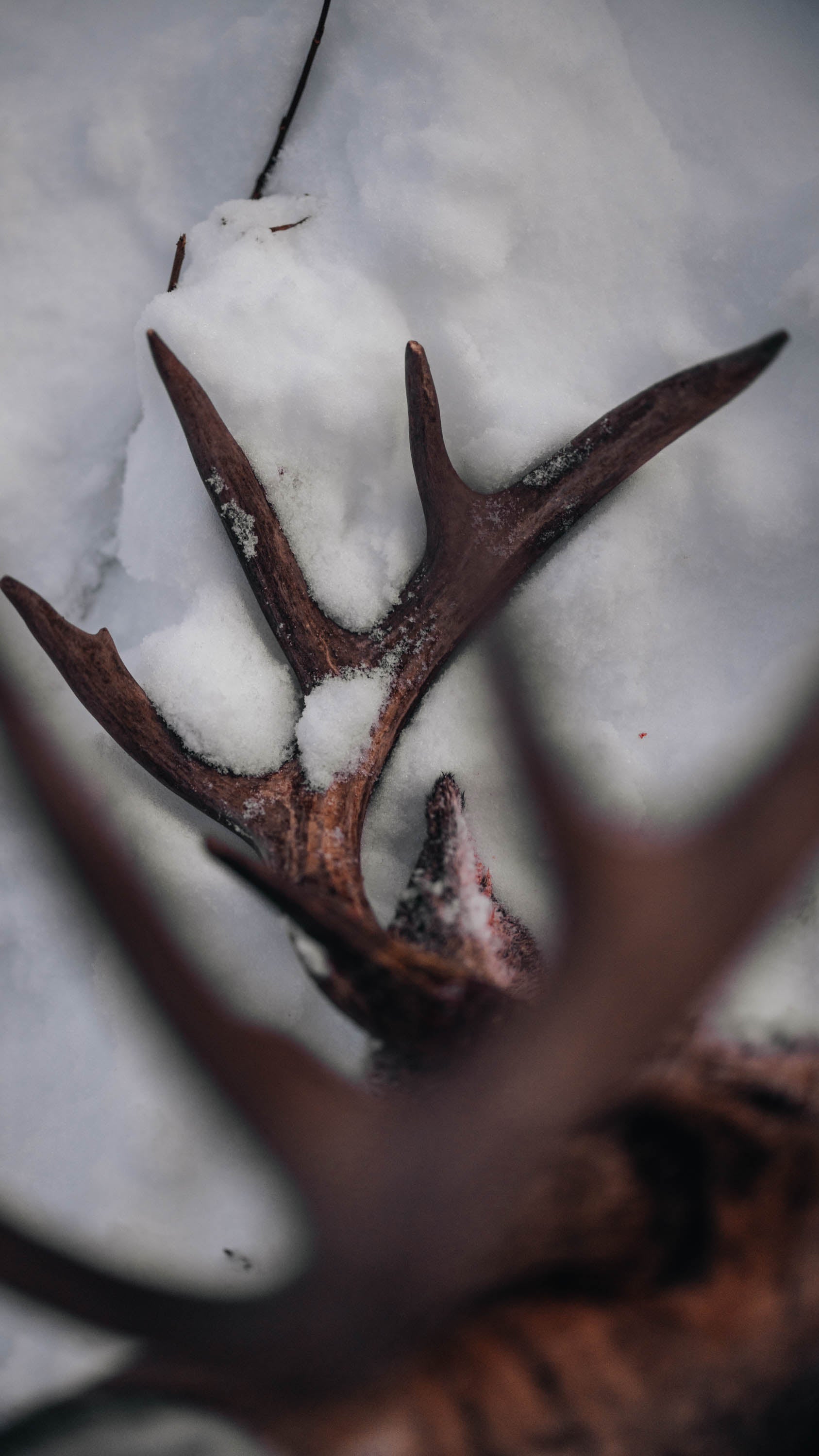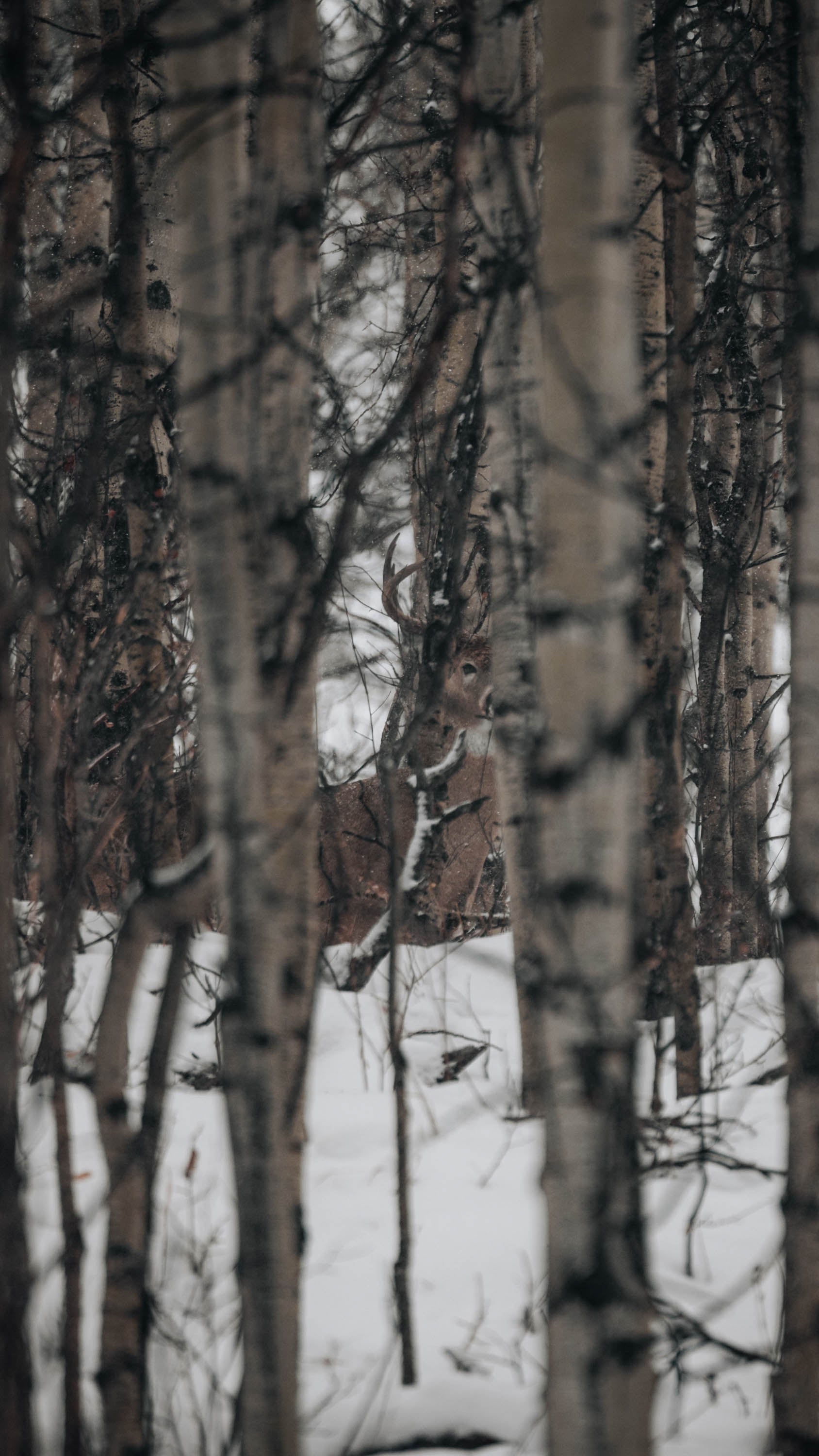
Mature Buck Fall Transition - Why do home ranges shift?
Whitetail deer range shifts during the hunting season have been extensively studied and documented, providing valuable insights into the factors that influence these movements. Let's explore some of the scientific data and additional information related to this topic.
Research conducted by wildlife biologists and organizations like the Quality Deer Management Association (QDMA) has revealed interesting patterns in deer range shifts. A study conducted in Illinois found that during the breeding season, mature bucks exhibited larger movements compared to younger bucks. This behavior is attributed to the dominant bucks' pursuit of breeding opportunities and the establishment of their territories. Younger bucks, on the other hand, were more likely to disperse and search for new areas where they can avoid competition and participate in the rut.
Data collected from GPS tracking collars fitted on deer provide valuable insights into their movement patterns. These studies have shown that bucks often have distinct home ranges during different times of the year. For example, during the summer months, bucks may have larger home ranges that encompass a variety of habitat types, including feeding areas and cover. However, as the breeding season approaches, bucks tend to narrow down their ranges and focus more on areas with high doe concentrations.
One interesting finding is that range shifts can occur not only horizontally but also vertically. Deer may change their elevation or move to different terrain features to find optimal conditions for feeding, breeding, or seeking cover. This behavior is influenced by factors such as food availability, temperature, and hunting pressure.
Weather conditions also play a role in deer range shifts. Extreme weather events, such as prolonged periods of high temperatures or heavy snowfall, can significantly impact deer movements. In response to unfavorable weather, deer may shift to areas that offer better thermal cover or access to food sources that remain available during extreme conditions.
Hunting pressure is a crucial factor influencing deer movements during the hunting season. As deer become more wary of human activity, they tend to avoid areas with higher hunting pressure and seek refuge in more secluded locations. This is particularly true for mature bucks, which have learned to associate human presence with danger. As a result, deer may shift their ranges to neighboring properties, public lands, or areas with limited hunting pressure.
It's important to note that range shifts can vary depending on local conditions, such as habitat quality, population density, and available resources. Each deer population and hunting area may exhibit unique movement patterns based on these factors. Therefore, it is essential for hunters to conduct local scouting, gather data specific to their hunting areas, and adapt their strategies accordingly.
By considering the scientific data, studying deer behavior, and monitoring local conditions, hunters can make informed decisions about stand placement, scouting efforts, and timing their hunts. Understanding the factors that influence deer range shifts provides valuable insights for maximizing hunting success and conservation efforts related to whitetail deer populations.

